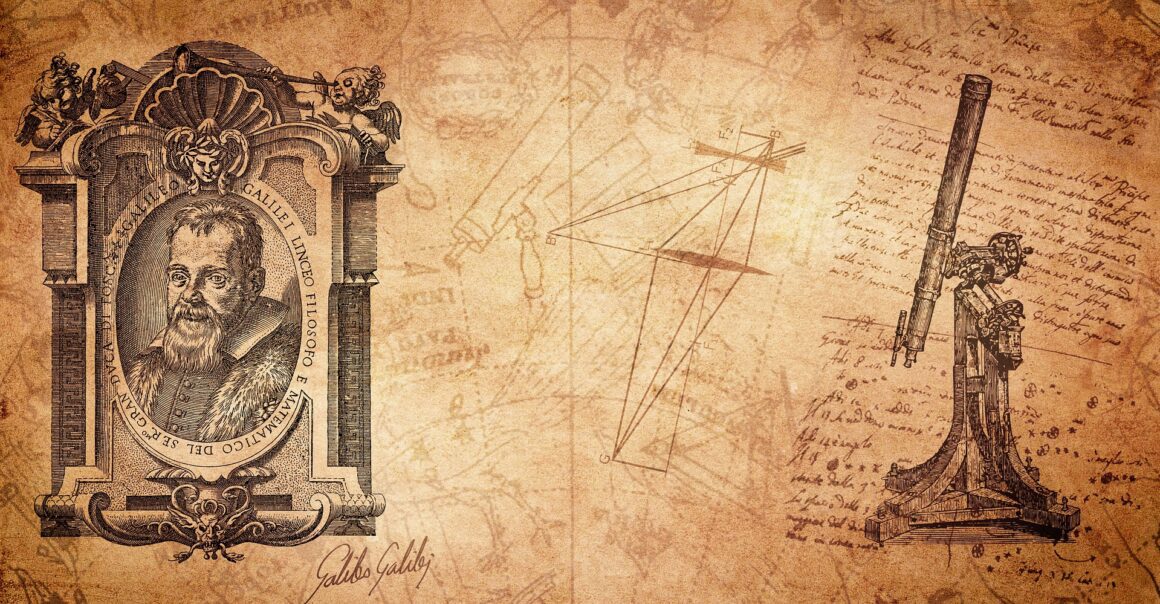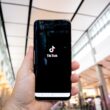The University of Michigan has revealed that a handwritten document widely believed to have been written by Galileo Galilei was in fact a counterfeit.
The University of Michigan Library said in a statement that the singular piece of paper was in its holdings. However, a history professor’s examination within the institution has revealed that it is a forgery: watermarks within the paper date back to no earlier than the 18th century, much after the death of the famous astronomer.
The heirs of Tracy McGregor, a Detroit industrialist who purchased the book at auction from another collector in 1934, gave it to the university in 1938. According to the University of Michigan Library, the 1934 sale catalog claimed that Cardinal Pietro Maffi (1858-1931), the Archbishop of Pisa, had verified the authenticity of the document by comparing it to previous Galileo letters in his possession.
Beginning with a rough copy of a letter Galileo composed in preparation for his 1609 presentation of a new telescope to the Doge of Venice, the document covers a wide range of topics. A final manuscript of this letter, written by the famous astronomer, can be found in the State Archive of Venice, Italy.
The document’s bottom half contains a set of notes on Jupiter’s moons, based on actual notes Galileo took on the subject. Also in Italy, at the Florence National Central Library, you can find the final version of those notes. Historian Nick Wilding from Georgia State University saw a picture of the paper and immediately thought something was wrong. He told The New York Times that he was skeptical of the authenticity of the manuscript because of its unusual ink, handwriting, and word choices for a 17th-century text.
Wilding voiced his concerns through email to Pablo Alvarez, curator of the University of Michigan Library, in May 2022, prompting the university to initiate an internal probe. After waiting three months, the school admitted that Wilding was correct. Tobia Nicotra, a famous Italian forger active in the 1920s and 1930s, most certainly authored the document under the guise of Galileo. The inclusion of the watermark in the paper was the deciding factor. As stated by the University of Michigan Library, watermarks on vintage paper might reveal information about the paper’s origin and manufacturer.








